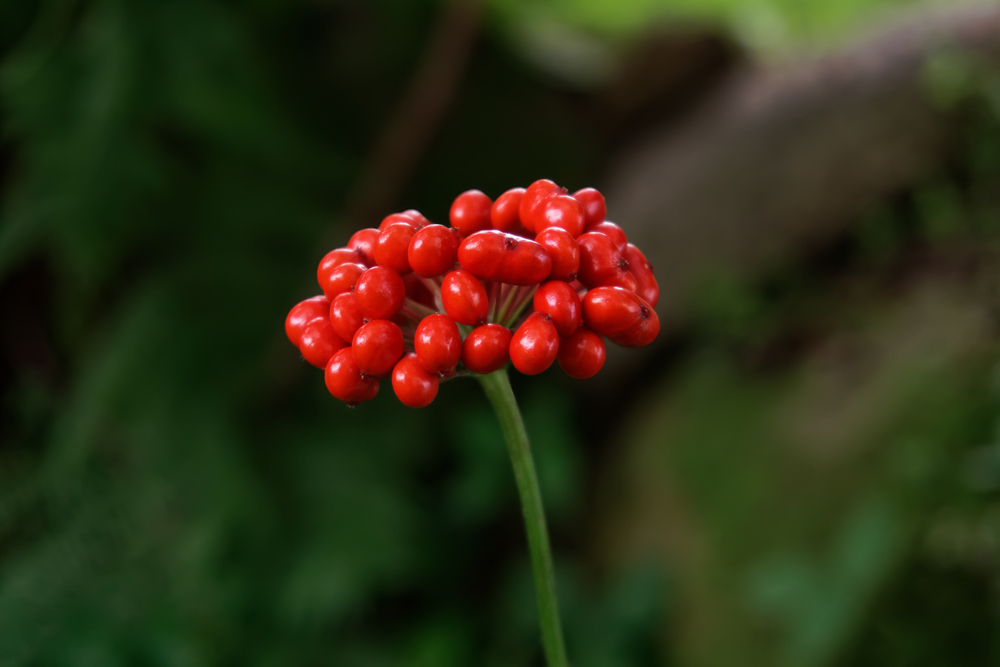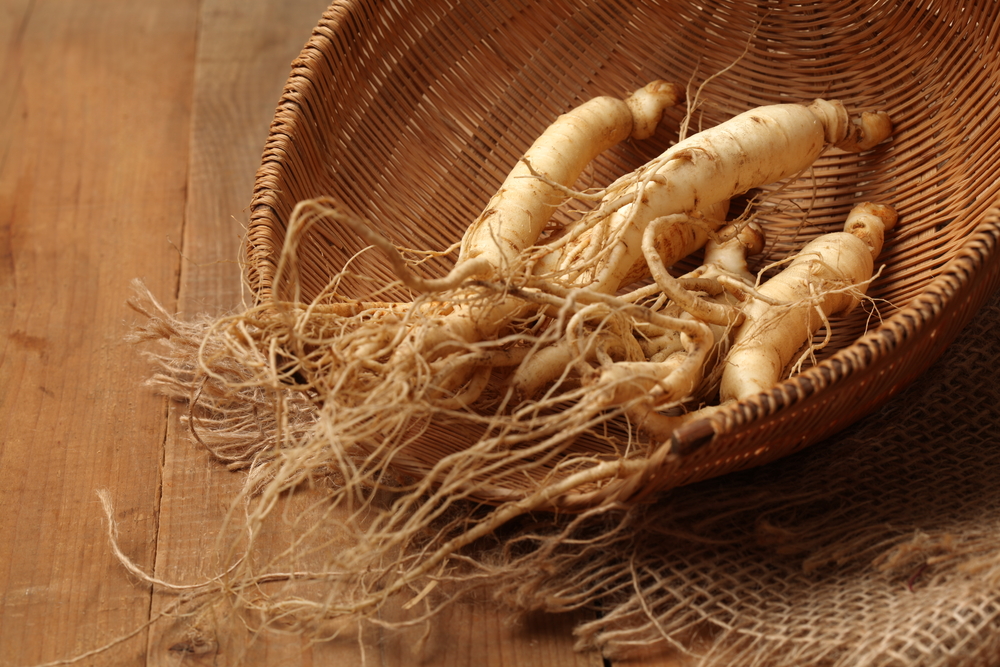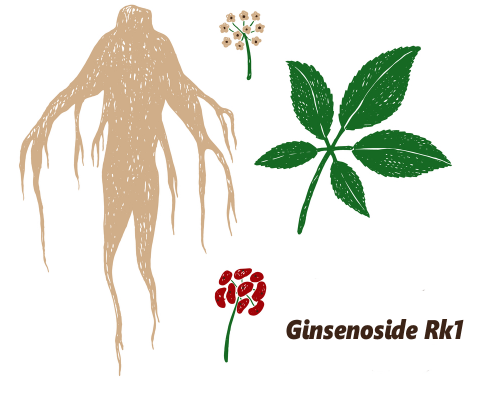Ginseng as a natural remedy for physical fatigue
 Ginseng is a well-known energy booster that can help reduce physical fatigue and improve resistance to stress.
Ginseng is a well-known energy booster that can help reduce physical fatigue and improve resistance to stress.
A Chinese research team conducted a clinical trial designed to investigate the effects of CheongKwanJang Korean red ginseng capsules in relieving physical fatigue. The result showed that CheongKwanJang was helpful to reduce physical fatigue among people aged over 50. The study was published published in the journal of ginseng research.
This is not the first time that ginseng has been found to be effective against fatigue. In 2012, a Mayo Clinic Cancer Center-led study found that ginseng use can help relieve chemotherapy-related fatigue. In the double-blind trial, participants in the ginseng group received 2,000 mg of American ginseng (containing 3% ginsenosides) per day and they had statistically significant improvement in fatigue at eight weeks.
In the same year, another randomized, double-blind, parallel, multicenter trial conducted by the researchers from South Korea evaluated the anti-fatigue effect of Korean Red Ginseng (steamed Panax ginseng) on patients with colorectal cancer. The findings showed that 219 colorectal cancer patients in treatment with mFOLFOX-6 regimen and Korean Red Ginseng received more benefits in usual fatigue, mood, relations with others, walking ability and enjoyment of life over 16 weeks.
The anti-fatigue property of ginseng, whether it is Panax ginseng or American ginseng, comes from its pharmacologically bioactive compounds, known as ginsenosides.
There are hundreds of ginsenosides isolated and identified in the past decades. Ginsenosides are low in ginseng, and these naturally occurring ginsenosides are mainly made up of major ginsenosides Rb1, Rb2, Rc, Rf, Rg1, Re, etc.
The major ginsenosides can be further converted into less polar minor ginsenosides, known as rare ginsenosides. For example, under a unique process, Rd can be converted to Rg3; then Rg3 can be converted to Rg5 and Rk1 monomers, Rg5 can be further transformed into Rh3 and Rk1 transformed into Rk2.
Major ginsenosides are high-molecular-weight and hardly absorbable, so they show lower bioactivity than rare ginsenosides. Rare ginsenosides exert potent effects, compared with their parent compounds. Researchers currently have isolated rare ginsenosides Rh1, Rg3, Rh2, Rk1, Rg5, Rk2, Rk1, aPPD, aPPT, etc.
Korean red ginseng extract is considered as high-quality ginseng extract because it contains a higher amount of rare ginsenosides like Rg3, Rg5, F1, etc. Unlike naturally occurring ginsenosides, known as prototype ginsenosides in ginseng like Rb1, Rc, Rg1, Re, etc, rare ginsenosides have low-molecular weights and thus have better bioactivity and absorption.
Unfortunately, prototype ginsenosides have absolutely dominant presence in ginseng, and rare ginsenosides rarely exist in fresh ginseng and they must be transformed from prototype ginsenosides using unique processing methods.
CheongKwanJang is a famous Korean red ginseng brand and famous for using six-year grown Korean ginseng. The total ginsenoside content of CheongKwanJang used in the clinical study is 3.5-4.8 g/100g.
In the current market, we can found Redsenol, a Canadian ginseng and ginsenoside brand, contains multi-component rare ginsenosides in high concentration. The Redsenol research team developed core technologies to convert naturally occurring ginsenosides into less polar rare ginsenosides like Rh3, Rk1, Rk2, Rk3, aPPD, aPPT, etc. These rare ginsenosides are far more potent than prototype ginsenosides.
Redsenol-1 contains sixteen highly bioactive and absorbable rare ginsenosides. Different ginsenosides exhibit different biochemical properties, thus working together to exert synergistic health benefits. In addition, the rare ginsenoside content in Redsenol-1 reaches 20%, much higher than other counterparts.


